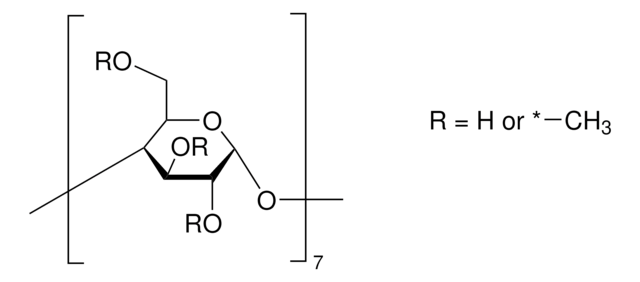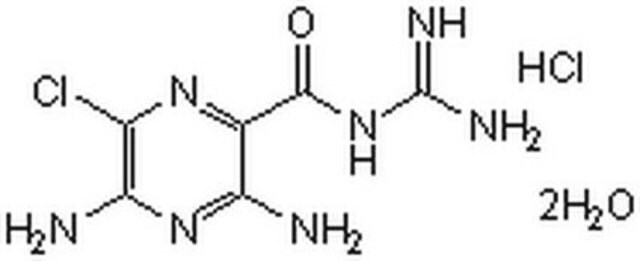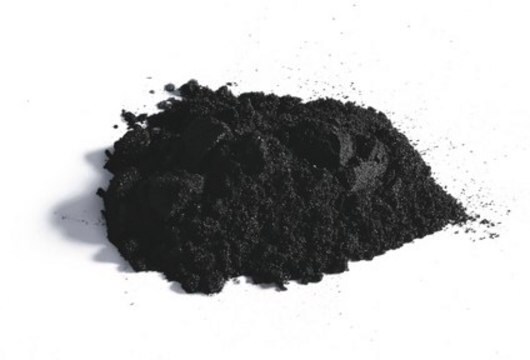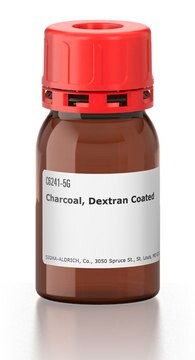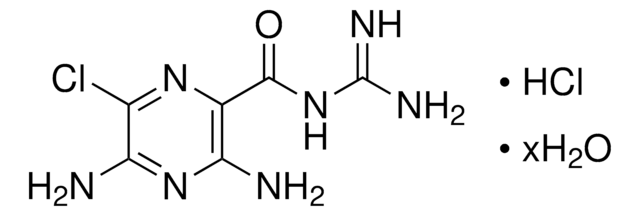C9157
Activated charcoal
suitable for cell culture, suitable for plant cell culture
Sinónimos:
Charcoal activated
Iniciar sesiónpara Ver la Fijación de precios por contrato y de la organización
About This Item
Fórmula empírica (notación de Hill):
C
Número de CAS:
Peso molecular:
12.01
EC Number:
MDL number:
UNSPSC Code:
11101522
PubChem Substance ID:
NACRES:
NA.21
Productos recomendados
vapor pressure
<0.1 mmHg ( 20 °C)
Quality Level
description
acid-washed with hydrochloric acid
form
powder
autoignition temp.
842 °F
resistivity
1375 μΩ-cm, 20°C (graphite)
technique(s)
cell culture | mammalian: suitable
cell culture | plant: suitable
mp
3550 °C (lit.)
SMILES string
[C]
InChI
1S/C
InChI key
OKTJSMMVPCPJKN-UHFFFAOYSA-N
¿Está buscando productos similares? Visita Guía de comparación de productos
General description
Activated charcoal is originally used as an absorbent to remove toxic substances from plants. The use of activated charcoal in culture media gives it a dark colour. It induces absorption of phenolic, cell lysis products, ethylene, methane and many other compounds that are known to be deleterious to the plant tissue. Along with this, activated charcoal also absorbs growth regulators and other media components. In orchid, carrot and tomato tissue culture, activated charcoal induces growth and differentiation.
Application
Activated charcoal has been used:
- in the pre-treatment of fetal calf serum, which was then used for protein content determination
- to study its effect on cell viability
- in a tissue culture medium and to study the availability of 2,4-dichlorophenoxyacetic acid in the same
Storage Class
11 - Combustible Solids
wgk_germany
nwg
flash_point_f
Not applicable
flash_point_c
Not applicable
Elija entre una de las versiones más recientes:
¿Ya tiene este producto?
Encuentre la documentación para los productos que ha comprado recientemente en la Biblioteca de documentos.
Los clientes también vieron
Plant Tissue Culture: Practices and New Experimental Protocols, 41-41 (2007)
Modeling available 2, 4-dichlorophenoxyacetic acid in a tissue culture medium containing activated carbon
Toering A and Pullman G
Plant Cell, Tissue and Organ Culture, 82(2), 179-188 (2005)
Plant Cell and Tissue Culture, 505-505 (2013)
G Williamson et al.
Carcinogenesis, 17(11), 2385-2387 (1996-11-01)
It has recently been shown by Hollman et al. (Am. J. Clin. Nutr., 62, 1276-1282) that flavonoid glycosides are preferentially absorbed from dietary onions compared to the flavonoid aglycone. In the light of this, we have compared the bioactivities of
Optimization of a sampling system for recovery and detection of airborne porcine reproductive and respiratory syndrome virus and swine influenza virus
Hermann JR, et al.
Applied and Environmental Microbiology, 72(7), 4811-4818 (2006)
Nuestro equipo de científicos tiene experiencia en todas las áreas de investigación: Ciencias de la vida, Ciencia de los materiales, Síntesis química, Cromatografía, Analítica y muchas otras.
Póngase en contacto con el Servicio técnico
